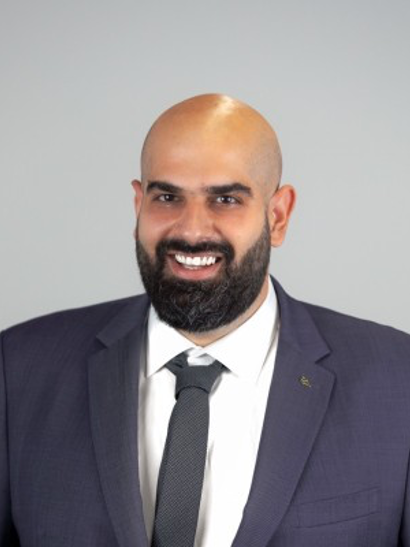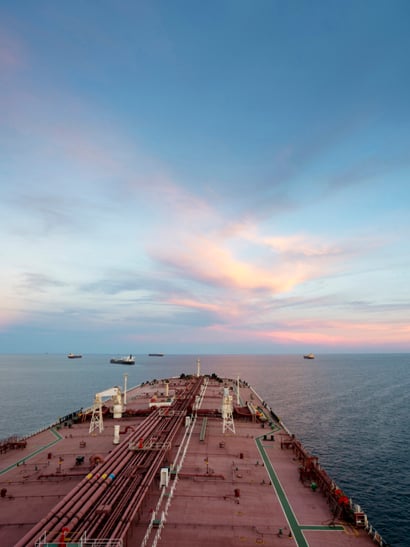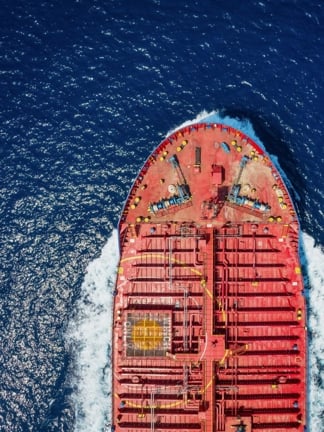The shuttle tanker sector is in need of some fresh investment, not only for new more sustainable ships incorporating a range of energy saving features, but also for the modification and upgrade of existing vessels, says Theo Kourmpelis, LR's Global Tanker, Emerging Oil Markets, and Future Fuels Segment Director.
As the market stands today, he explains that there are three principal regions where shuttle tankers operate. South America, notably Brazil’s Campos Basin is a mature market serviced mostly by Suezmax units. The conditions in the deep-water Campos Basin are challenging.
Metocean conditions are often difficult, with waves from different directions, strong currents, and random wind patterns. Not surprisingly, major charterers in the region including Petrobras, Shell and Equinor have rigorous vetting requirements.
Meanwhile, West Africa is a rapidly developing offshore location and is likely to generate future employment for Aframax shuttle tankers; and the North Sea is a mature market that is still providing employment for Panamax and smaller vessels.
“However,” he says, “tomorrow’s oil is likely to be found in deeper waters and more remote locations.” This often rules out pipelines and means that oil developments will need FPSOs and shuttle tankers. But today’s fleet is quite old and, certainly in the smaller sizes, more capacity will be needed.
New sustainability criteria
There will be new requirements for the next generation of vessels, he points out. “Shuttle tankers are subject to the IMO’s targets of reducing greenhouse gases from ship operations and like other vessels must become more sustainable.
“We are therefore seeing that in the latest tenders, charterers are specifying steadily stricter environmental criteria and this process will continue. However, since shuttle tanker charters are usually long-term, the oil companies and field operators are prepared to support the extra investment with long-term charters of up to 15 or 20 years.
Kourmpelis expects that a range of sustainable features will be specified on the next round of new contracts, with some expected later this year. They are likely to include an increased use of battery/hybrid arrangements, possible dual-fuel engines, shore power hook-up capabilities, electric cargo handling systems, a close focus on hull forms, and the adoption of certain energy-saving devices. Carbon capture and storage is another possibility, both on FPSOs and the shuttle tankers that serve them.
All of the ‘easy wins’ are being considered, he says. These include ducts, fins, coatings, propellers, waste heat recovery, energy management optimisation systems, peak shaving, and the optimal operation of diesel generators. However, he believe take-up of wind-assisted propulsion is unlikely in this sector because, by the nature of their employment, the vessels are generally deployed on relatively short voyages.


Today’s 108-ship fleet, together with the current orderbook of 11 units, makes up a little more than 3% of the total tanker fleet. An average of five-to-six vessels have been commissioned annually since 2010, 84 in total, with 70 ships built in South Korean yards and the balance in China.
More than half of the fleet is made up of Suezmax-sized vessels, and the top four owners – Knutsen, Maran Shuttle Tankers, Sovcomflot and Equinor – control more than half of them. The orderbook in this size category, Kourmpelis says, indicates that replacement demand is sufficient to replace older units in the months and years ahead.
Smaller units required
However, there are no shuttle tankers on order in the Aframax, Panamax or smaller size ranges and the existing fleet is these sectors is already old. There are 31 shuttle tankers in the first category, eight Panamaxes, and ten smaller units.
Kourmpelis points out, that there is likely to be steady demand for ships in these size ranges for deployment on smaller oilfield developments in the future. He is therefore suggesting some new orders could come for these smaller units quite soon.
LR’s analysis suggests, however, that the number is likely to fall from the 2024 tally of eight vessels to an annual four or five from now until 2030, he predicts. Despite these relatively small numbers, however, there could still be a squeeze on supply: only ten shipyard groups have built shuttle tankers since 2010, Kourmpelis reveals, and most of them are full until late in the decade.
Theo Kourmpelis
Theo Kourmpelis is LR’s Global Tanker, Emerging Oil Markets, and Future Fuels Segment Director, a position he has held since February this year. Based in Athens, he has previously worked as a Strategic Partner working with some of Greece’s largest shipowning groups and has a wealth of experience across the tanker sector.
Kourmpelis studied Electrical and Computer Engineering at the National Technical University of Athens, but he was drawn to a career in maritime. He has also represented LR as a subject matter expert and project manager on several EU-funded projects relating to sustainable power sources for ships, including electrification and alternative fuels. For the past two years he has been the IACS representative to the IMO on aspects related to GHG emissions reduction.



